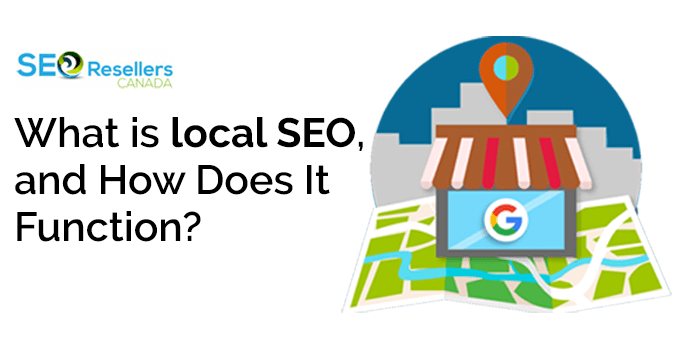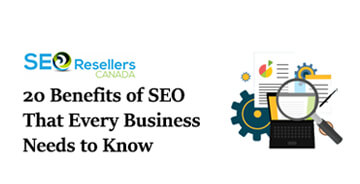A website can be one of the best marketing tools on the internet for a business as it represents your business and is its digital presence. It also serves as a vital digital marketing channel that you can use to gain more traffic and make more sales. Each business that plans on being successful online must have a clearly defined website marketing strategy, which is no longer optional but a ‘must-have’ for businesses that want to survive in the cutthroat online business market.
The problem is that the majority of small business owners don’t know much about web marketing or why it’s important for their business. Web marketing can help business owners reach out to potential customers who are searching for their products and services online. It also offers a great way to expand the business’s reach as well as earn more revenue for businesses.
In this article, we will be sharing what is web marketing, why it’s important for your business to have a web marketing strategy, and steps you can use to promote your website online.
1- What Is Web Marketing?
Web marketing refers to an extensive category of advertising that involves many forms but is mainly about how you market your website and brand online. It’s a marketing channel that you can use with your online digital marketing strategy with the main goal of getting more visitors to your website and generating more leads and sales.
Promoting a business involves a lot of effort, and there are multiple ways you can go about it. The traditional way is to advertise through conventional mediums like newspapers, television, radio, direct mail, and billboards that have been around for decades. The goal of web marketing is to take your message to the internet, and with millions of people using the internet, you have plenty of opportunities to get your product or service in front of people who may want it or need it.
2- What Are the Main Types of Web Marketing?

When it comes to web marketing, there are several types because it takes many forms. There are banner ads, promotional emails, and social media postings, to name a few of the popular ones. To give you a clearer picture, we will highlight the major type or forms of web marketing for you here.
2.1- Search Engine Optimization
Search engine optimization or SEO is the process of boosting the ranking of your website in the search results. Google gets an estimated 3.5 billion searches every day, which is why using SEO offers you an excellent way to reach valuable leads as people will mainly search for your products or services through search engines.
2.2- Pay-Per-Click Advertising (PPC)
PPC or pay-per-click advertising is another great way to reach leads that are ready to convert. These PPC advertisements are paid ads that will appear at the very top of search results and are tagged with the word ‘ad’ as that indicates paid content. Most businesses tend to use Google Ads to advertise their products and services on the search engine.
2.3- Content Marketing
Content marketing offers you one of the best ways to reach out to your audience and target valuable traffic for your business. When you create content, you will offer your audience with valuable information that they want to read. Your target audience is searching for this valuable information, which is why this method gives you the chance to attract and engage them in your business.
2.4- Email Marketing
One of the oldest and most effective web marketing methods that are around today is email marketing, even though most businesses think that it is ineffective. However, it still brings results if used cleverly and effectively, and the best way to go about it is by obtaining a list of subscribers that you can market your business and products to easily and efficiently.
2.5- Social Media Marketing
Apart from email marketing, social media marketing is another great marketing method that allows you to connect directly with your target audience. That’s mainly down to the power of social media, as it makes it easier for your business to connect with leads and share valuable content online.
The great thing about social media marketing is that you can use numerous social networks and channels for marketing your products online.
2.6- Display Advertising
Display advertising gives your business the chance to take advantage of advertising networks such as the Google Display Network (which reaches out to 90% of the internet users around the world) and the Facebook Audience Network. It also allows you to use the power of visuals, through GIFs, images, and video, to draw users to your advertisements.
Display advertising can be used to accomplish different goals by the business, which include brand awareness, sales, shares, follows, and website traffic.
3- What Are the Benefits of Web Marketing?

Now that we’ve given you an idea about what web marketing is and discussed its types, let’s discuss the main benefits it offers. Marketing on the web gives you several unique benefits that other advertising avenues don’t provide you with. These include the following:
3.1- It Is Cost-Effective
When compared with other traditional forms of marketing, web marketing is cost-effective. For example, Facebook ads are 3 times cheaper than targeted radio, television, or print ads. You can use the internet to expand and engage with your audience in a less expensive manner, and if you have a plan in place in advance, that will help you identify and target your desired audience.
3.2- It Is Focused
There are hardly any other advertising options that will allow you to target specific demographics of your customers as web marketing does. You can set up your message to show on websites that your prospects are likely to visit, and you can be visible to industries and geographic locations by targeting through age, or even education in some cases. That is something that a television or radio ad can’t do.
3.3- It Helps Build Relationships
Most marketing options end up annoying the consumers that you’re trying to reach out to, and if done in the right manner, web marketing can be extremely helpful to your prospects. It can provide solutions and address pain points more easily. That makes it a more effective option when it comes to starting conversations and building trust when compared with other types of marketing.
3.4- It is Easy to Adapt and Edit
You can easily tweak and make changes to social media ads, banner ads, or online campaigns quickly and with the minimum of fuss. In the fast-paced world that we live in today, preferences are constantly changing, and web marketing can quickly adapt to these changes. Changes like new pricing, time-sensitive sales, and additional products can be easily handled with web marketing.
3.5- It is Measurable and Easy to Determine ROI

It can be difficult to come up with answers to questions like how successful your current ad campaign is? Or what amount of business you have acquired through advertising? One of the best things about web marketing is that it helps quantify results. You can easily set up URLs that are present in the ads you have placed.
That way, you can easily see where the leads are being generated, and you can easily see what works and what doesn’t help streamline your marketing efforts or save time and money.
4- What Makes Web Marketing Relevant to You?
To commit to a consistent online marketing and advertising initiative, you need to believe that it is going to bring about positive change and growth to your business. Therefore, to paint a clearer picture of that, we are going to highlight what makes web marketing relevant to your business here.
4.1- Target Specific People
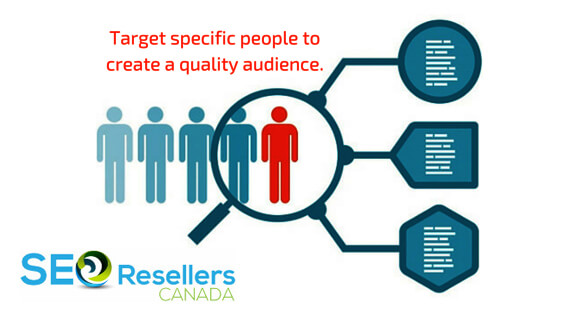
One of the main things that make web marketing relevant to you is that it helps businesses target specific people. When you’re running campaigns with traditional methods, it’s always going to be a challenge to only target leads that are interested in your business. Most of the time, you end up putting money towards leads that aren’t interested in your company.
However, with web-based marketing, your ability to target specific people will allow you to reach more qualified leads, and these are the ones that will look for a business like yours. With web marketing, you can put your business in front of the right people.
That’s something invaluable because it not only helps your business save money, but you can put your money towards leads that are going to take an interest in your business. Online marketing helps you earn more conversions for your business and grow accordingly.
4.2- Build Brand Recognition
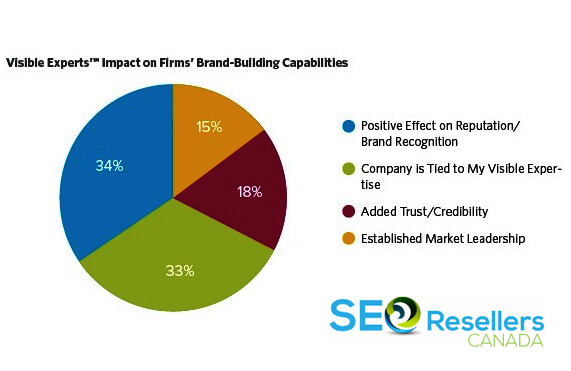
Brand recognition is an essential part of your business as you want your leads to recognize your business and establish familiarity with it. Web marketing helps you build brand recognition with your target audience. When you’re marketing your business on the web, you’ll be creating more opportunities to expose your brand to leads that are going to be interested in your products or services.
They will help your target market become more familiar with your brand and allow you to get to know your business, which will help you earn more conversions down the line.
4.3- Cut Campaign Costs
It’s cheaper to reach your audience through digital channels than through traditional channels. With the traditional channels like billboards and radio ads, it can get expensive and may feel as if the return isn’t as valuable as it was. Web marketing methods, in comparison, are extremely cost-effective for businesses as they require some cost to operate.
When you don’t need to invest a large sum of money, you have a greater chance of getting impressive returns on your investment. Your digital marketing efforts will work within your budget, and you can be confident that your money is going towards attracting interested leads. Your money isn’t going to be wasted on leads that don’t require your products or services.
4.4- Measure Your Results
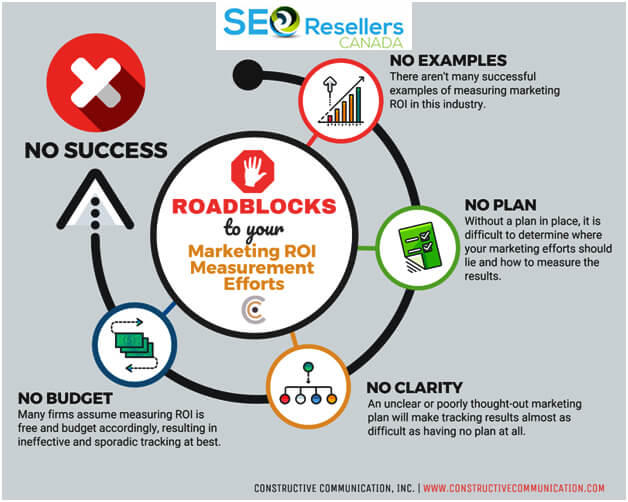
When you’re running a marketing campaign, you want to ensure that it’s working, and want to measure your results to see if that campaign is effective and if you want to adjust it to perform better. Through web marketing services, you can easily measure your results to see if your campaigns are going to be effective, and that will be a massive benefit because it means you can use your budget in a more effective manner and gain more value.
It can be difficult to know if your campaign is working when you’re using traditional marketing methods. However, with web marketing, you can be confident that you understand the effectiveness of your campaigns. You can easily monitor metrics such as click-through rate (CTR), conversions, and impressions. It’s also easier to track your campaigns and see where they were successful or where they fell short. That will also allow you to make immediate adjustments where required.
Apart from that, measuring your results will help you optimize your campaigns based on your findings, and you can alter elements that aren’t working for your campaign and improve them to get better results. That will help you use your budget in a more effective manner and get the most out of your campaigns as well.
5- How to Get Started with Web Marketing?
To successfully promote your website on the internet, you’re going to need a solid strategy that takes advantage of all the various digital marketing channels. At SEO Resellers Canada, we can help you in all your web marketing efforts. With the help of the following methods, we can create a successful website marketing strategy for your business.
That being said, let’s not waste further time and get right ahead on the crucial steps that you must follow to create a successful web marketing strategy:
5.1- Review Your Website Design

The first step involves creating a website that accurately represents your business, which isn’t directly related to the visual aspect, but on the quality of information you’ve provided. Your website has the same value as your shop window, and that’s why it should look good both on the outside and when customers enter your shop, meaning that everything should be organized accordingly.
Before you begin any campaign, take the time to review your website and ensure that the following things are in place:
5.1.1- A simple website structure
A good website structure will not only help users but also search engines to navigate the website easily to find the information they are looking for. In general, any page on your website should be accessible from the homepage in less than 3 clicks or less than that.
5.1.2- Functional and user-friendly
You must evaluate the user-friendliness of your website using the basic principles of SEO friendly web design and try to remove any design elements that have added complexity or aren’t required.
5.1.3- Accurate Information on products and companies
Ensure that the website offers users with everything they need to know about your products and company and ensure visual elements get the attention of all users.
5.1.4- Mobile-friendly and fast
Most of your users are going to be visiting from mobile devices, so be sure to test your website on mobile and optimize the experience of the user in every way possible.
5.2- Optimize Website for SEO
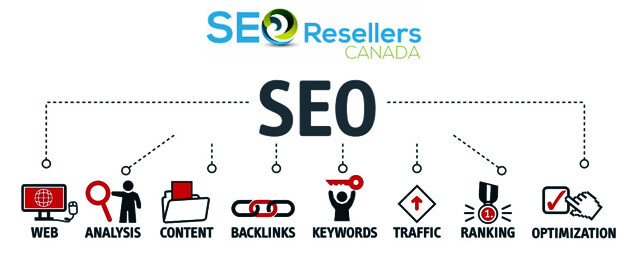
The next step involves thinking about the overall SEO strategy because a well-defined SEO plan is going to eventually increase your traffic and rankings from search engines. SEO is the basic process of improving your website’s visibility in search engines and involves the following steps:
5.2.1- Technical SEO
Ensure that your website is free of crawl errors and other problems that may keep search engines from indexing your pages properly.
5.2.2- On-page SEO
Ensure that your web pages are SEO friendly, and your content is easy to read by SEO crawlers.
5.2.3- SEO content
It will involve writing content that satisfies the user intent.
5.2.4- Off-page SEO
It involves promoting your website to acquire high-quality links from other websites on the internet.
5.2.5- Local SEO
It involves optimizing your website for location-aware searches and getting more clients to your brick and mortar store.
Apart from the standard SEO practices mentioned above, you should also optimize your website for modern SEO practices, such as adding Schema Markup and optimizing the content for rich snippets.
5.3- Optimize for Social Media
The next step is to optimize your website for social media, which isn’t the same as social media marketing, as it involves the following elements:
- Ensuring there are visual elements on your website that can be shared on social media networks.
- Adding social media share buttons on pages that you want visitors to share on social networks.
- Ensuring that when a user clicks the share button, the snippet is properly formatted. Adding necessary open graph meta tags and using image sizes and formats that are supported by all major networks.
Most webmasters tend to skip this step, but it’s a big mistake that can have a negative impact on your social media promotion efforts.
It may not look more technical than marketing-related, but it plays an important role because if your website doesn’t allow users to share your content properly, you won’t get any social media exposure.
5.4- Create a Content Marketing Plan
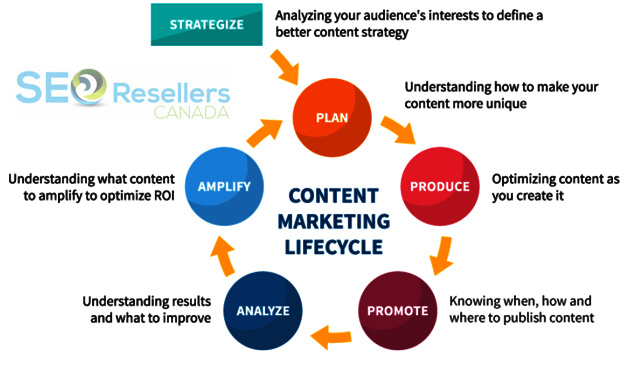
Once you’ve gotten to this stage, you must think about developing a content marketing plan for your website.
When you promote your website online, you are essentially promoting the content of your website, and that’s the reason why it is referred to as content marketing. The purpose of content marketing is to help you create the right kind of content that is going to attract users to your website and keep them engaged. To create a good content marketing strategy, you will need to do the following:
- Do keyword research and find out what keywords to target your content with
- Perform competitor analysis and find out what is working for your competitors
- Analyze Google search results to figure out what kind of content Google wants for your target keywords.
Once you’ve got a list of topics and keywords, you can then create a content marketing calendar that will specify when each piece of content is going to be published, who is going to write it and how it is going to be promoted after its publication.
The companies that can manage to have an on-going content marketing campaign are going to be the ones that are going to have more chances of success online than companies that publish content without any plan in place.
5.5- Promote Your Website on Social Media Networks
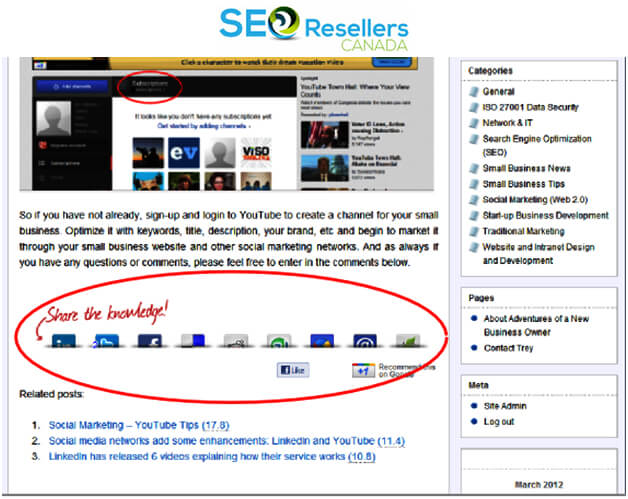
Once you’ve got a constant flow of content being generated, your next step should be to start promoting your website on different social media networks. Here are the steps you should follow:
5.5.1- Create business accounts on social networks
Your first plan of action should be to create business pages on social networks that are relevant to your business. These are going to be the social networks that your customers are going to be using, and the most common ones are going to be Facebook, Twitter, Instagram, Pinterest, and LinkedIn.
5.5.2- Complete your social profiles
The next step would be to ensure that your business pages are configured properly and have all their information filled in properly.
5.5.3- Link your website and social media pages
Now, you should add links to social media pages on your website and also add the relevant schema to help search engines link your website and the business pages on social media.
5.5.4- Grow your social media following
You won’t gain any benefits if you don’t have any followers for your business page on social media. Therefore, you must spend time finding and connecting with people that may be interested in your business and finding influencers in your niche.
5.5.5- Create a social media calendar
The success of your social media will be based on the quality of your postings. You want to provide social media networks with high-quality content on a regular basis as that is the best way to gain the attention of users and create an audience for your brand.
The best way to start that is by creating a social media calendar and specify what type of content you should publish and when.
5.6- Reach More Customers through Paid Ads
Once you get started with social media marketing and SEO, you will learn that it takes time for SEO to work, and you will not gain a decent amount of followers organically on social media instantly. So, if you want faster results, you will need to do that through paid advertising. That will allow you to gain targeted traffic quickly and start making conversions or sales.
There are different advertising platforms that you can use for that purpose, and the most common ones are as follows:
5.6.1- Google Ads
You can target users based on search terms they are using on Google or show them your ads on other Google properties, and websites that participate in Google AdSense.
5.6.2- Facebook Paid Ads
You can promote your Facebook page, social media postings, or ads to people on Facebook, Instagram, or Facebook Messenger.
You will get good results from both methods, but you should be careful not to spend a lot of money on advertising if you’re not getting the results you want. It’s best to start with a low budget and measure the effectiveness of the campaign. Increase the budget if you think there is a positive return on investment for you.
5.7- Engage with Your Audience through Email Marketing
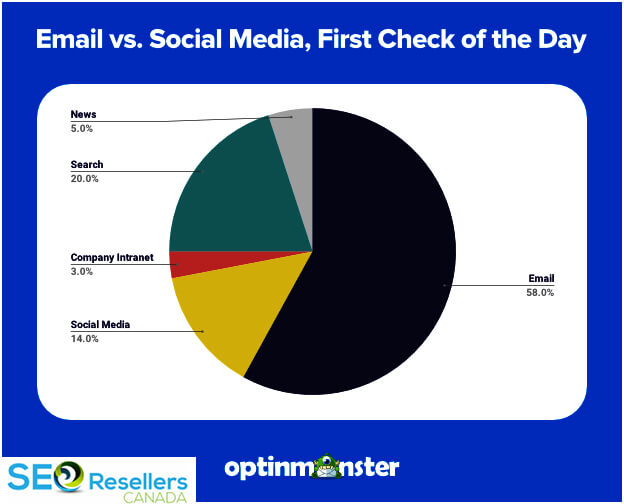
One of the most effective sales channels is through email marketing, and one of the goals of your web marketing campaign should be to grow your email list. Having an active email list is one of the best ways to get people back to your website, directly sell a product to them, or let them know about new content. Email isn’t dead yet and is still highly effective.
To ensure the success of your email marketing campaign, you should follow these email marketing tips:
- Keep your promises – if you have promised them weekly updates, you should send them emails with new tips on a weekly basis.
- Give them incentives– Free goodies can make a big difference in how many people want to sign up for your newsletter.
- Make it easier to subscribe to your list– place the newsletter signup box in places that are visible to viewers when they are browsing your website.
- Don’t abuse their trust– Your users trust you with their email address, and you shouldn’t abuse their trust by sending them with too many emails. Everyone has their inbox full of promotional emails, so think about how many emails you’re sending them.
If you follow these golden rules, you should face no problems with email marketing.
5.8- Use Remarketing to Get Users Back to Your Website
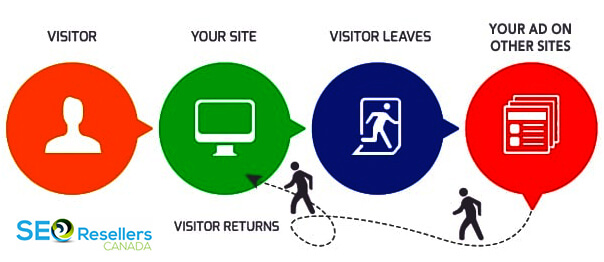
Do you have knowledge about the ‘Rule of 7’? It’s an old marketing rule, which states that a client should see or hear an ad 7 times before they will take action to buy a product or service. That’s applicable to internet marketing as well. In web marketing terms, it means getting your users to re-visit your website a certain number of times before they think about getting to the next stage of your funnel.
Publishing new content frequently and using both email marketing and social media marketing are great ways to do this. However, there is another method that is also effective, and it’s known as remarketing.
With remarketing, you can use advertising platforms to re-connect with people who have visited your website at least once. This offers several advantages, including more targeted traffic, higher conversion rates, and lower advertising costs.
5.9- Keep Your Website and Content Up-to-Date and Move Forward
When you’re doing web marketing, you shouldn’t forget about two important things, which are as follows:
5.9.1- Keep your website up-to-date
This means upgrading the software of your website to the latest versions, and ensuring that the website is secure and using the latest technology.
5.9.2- Keep your content relevant and fresh
Apart from publishing new content targeting specific keywords and enhancing your organic reach, you should also go back and audit your existing content. As your website gets older and bigger, some of your content is going to be outdated, and this isn’t going to be good for search engines or users.
The first step of this process is to find thin content pages, which are pages with no rankings, traffic, or backlinks. Most of the content on these pages is good, but as they don’t rank for anything, they won’t offer any real value to your website. As part of the audit, you must decide to either:
- Merge them with other pages
- Remove them and redirect the URL to other pages
- Update and republish them
The next step of the process is to review your Google analytics and Google search console reports and figure out what are the most popular pages on your website. A page with high rankings doesn’t mean that it is going to maintain those rankings forever. So to ensure that you don’t lose your rankings, you should review your top pages once every few months to ensure that content is relevant and up-to-date.
6- Conclusion
There’s no doubt that a website is a great marketing tool, but before starting a web marketing campaign, you should review your website and ensure that it represents your business. A good website is mobile-friendly, fast, and has a simple structure.
Once you understand what web marketing is, it is time you start executing it to your benefit, or else you risk falling behind your competitors and gaining less ROI from your traditional marketing efforts. If you’re ready to get started, then get in touch with SEO Resellers Canada right now.



















